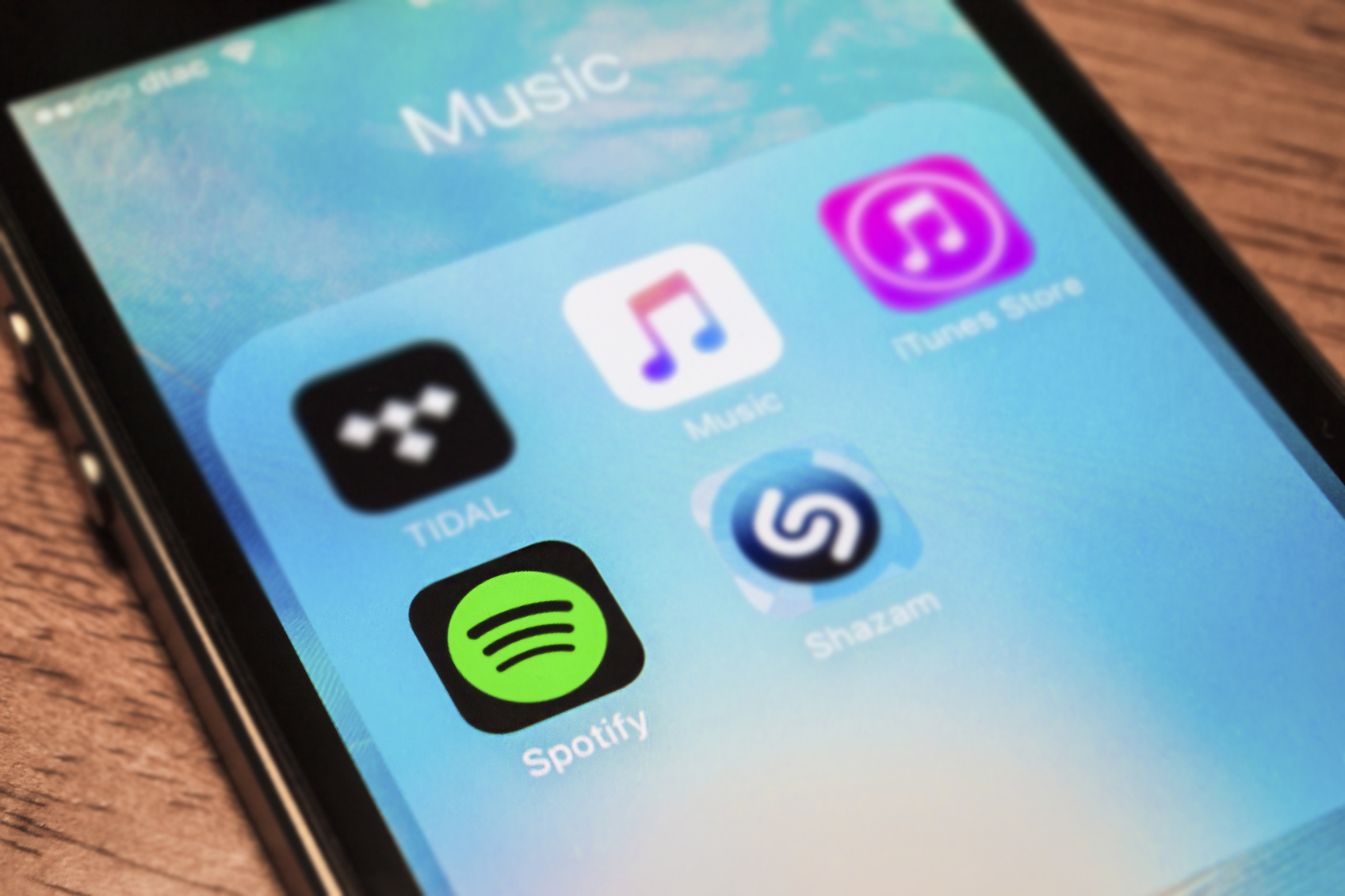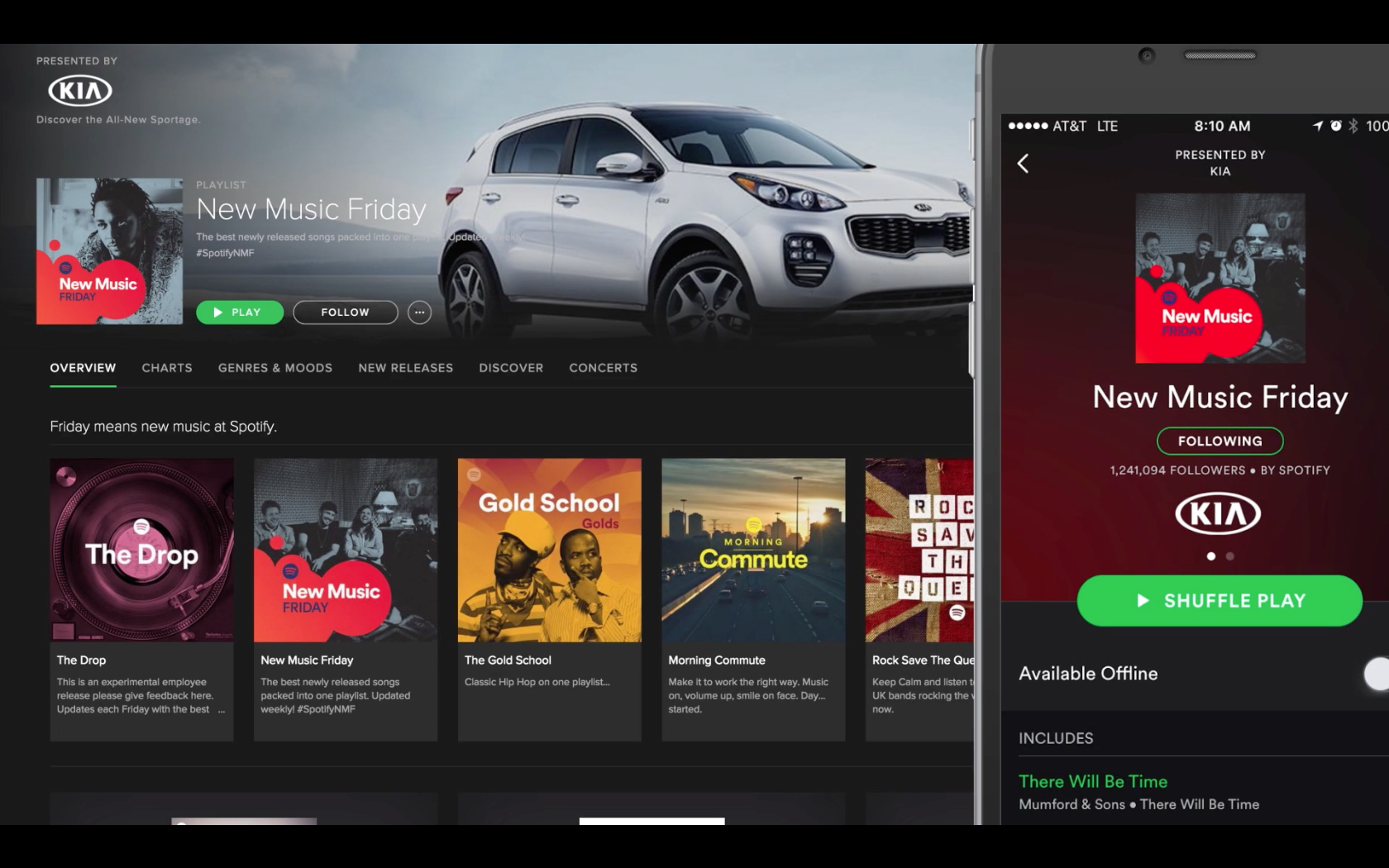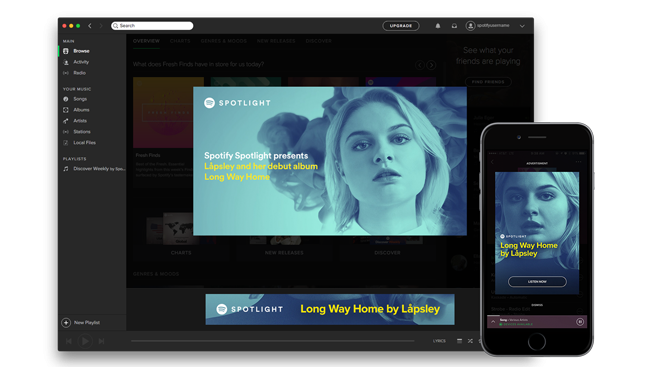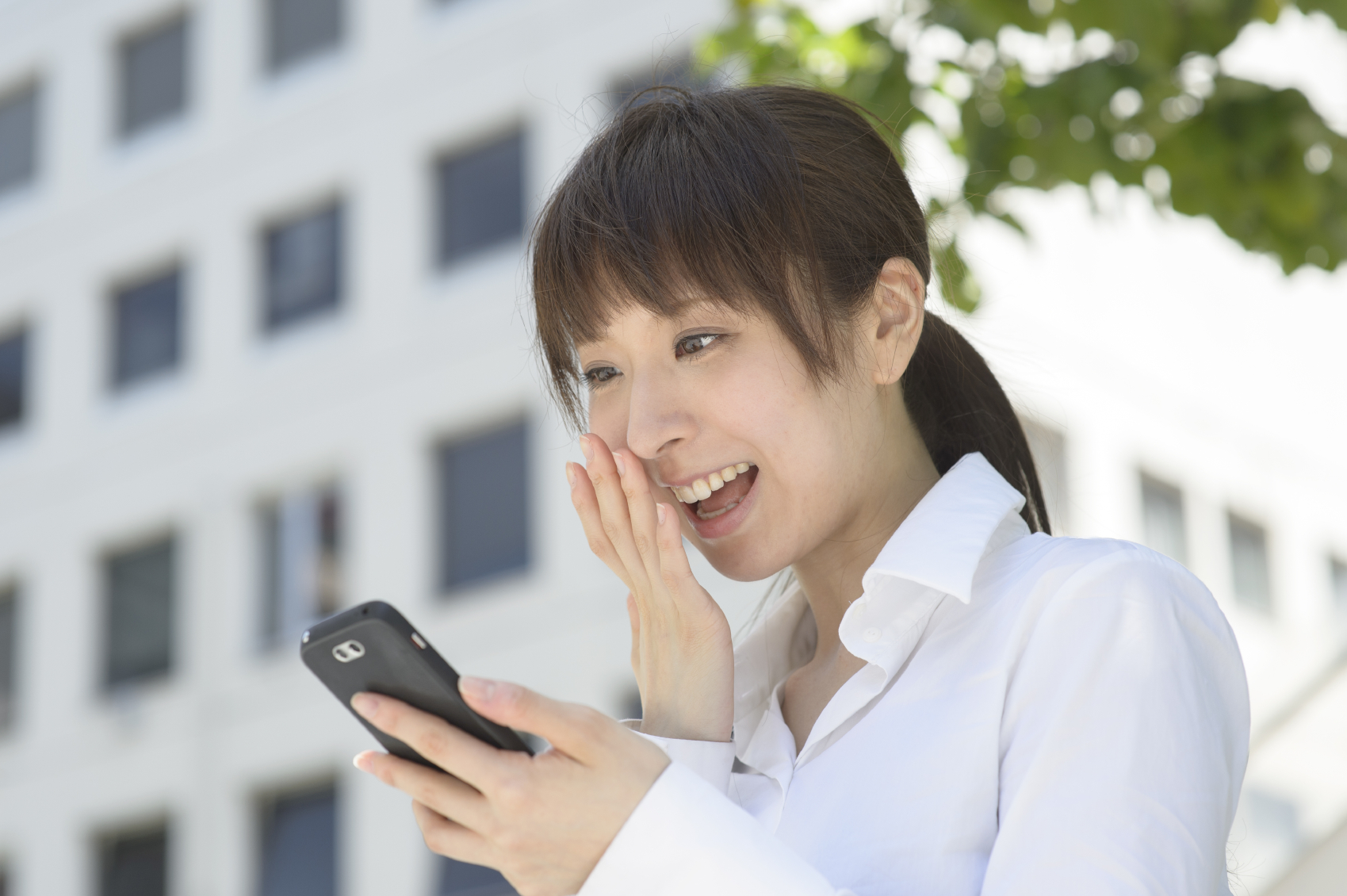To kick off this year’s Advertising Week, the Lab attended the IAB MIXX conference held at Crowne Plaza Hotel in New York City. Here are some highlights from the first day of the event, which was focused on the importance of consumer experiences in digital advertising.
Context And Relevancy Influence Consumer Experience
Across panels and keynotes, speakers agreed that digital ads deliver the best consumer experience when they are served at the right moment. “People don’t hate advertising. They hate advertising that isn’t relevant to them in that moment,” Chairman and CEO of Interpublic Group Michael Roth remarked in the keynote. Spotify, a major sponsor of today’s event, also took the stage to demonstrate their capability in ad targeting based on listening behaviors, usually clued in by the name of the playlist. For example, users listening to a “Workout” playlist would be more susceptible to an ad for sports equipment. Touting over 2.5 hours of active engagement every day per user, Spotify CEO Daniel Ek also said that audio ads are vastly underutilized in the industry.
Unifying Ad Experience Across Screens And Platforms
As today’s audience becomes increasingly fragmented, It seems evident that the best way to capture consumer’s attention and leave a lasting impression is to deliver a unified ad experience across multiple devices and platforms. Clear Channel Outdoor also presented results of their #CokeMyName digital outdoor campaign from July in Times Square, which married traditional out-of-home ads with smartphones via Twitter as the mechanic for social lift. An identical experience was replicated on a corresponding mobile site for further interactions and social sharing. Combining OOH display and mobile engagement, the campaign proved to be a hit, logging over 350 million social impressions over 3 weeks. Similarly, Andy Markowitz, General Manager of the GE Performance Marketing Lab, also showcased how they are leveraging digital tools across touchpoints to create a holistic consumer experience, including mapped ROIs using Marketo‘s data inside LinkedIn’s lead generator.
Fighting Adblockers With Better Ad Experience
Now with 62% of digital time spent on mobile devices, user experience on mobile is paramount to the success of digital ads. With mainstream consumers quickly adopting ad blockers, it is important to develop high-quality, content-rich ads that consumers are willing to engage with. As Yahoo’s CEO Marissa Mayer put it, ”if we want to combat ad blockers, we need to offer people transparency, choice, and control.” In a workshop session, digital ad firm Undertone presented results from joint research it conducted with Ipsos Connect on the effectiveness of high impact formats, i.e. full screen interactive ads such as interstitials. Monitoring results from 3,600 participants, their study found high impact ad formats outperform standard digital ad formats, doubling brand recall rates across desktop, tablets, and mobile devices. Native ads and in-app ads were also recommended by multiple speakers as ad formats that delivers superior consumer experience, something that we also suggested all brands look into in a recent Fast Forward analysis.









